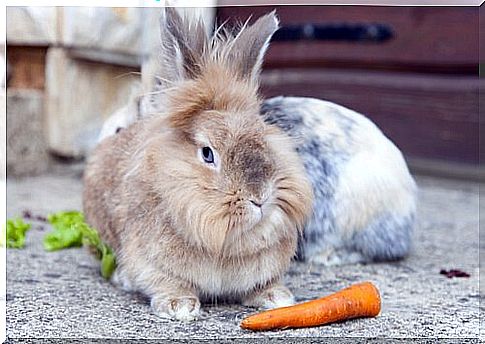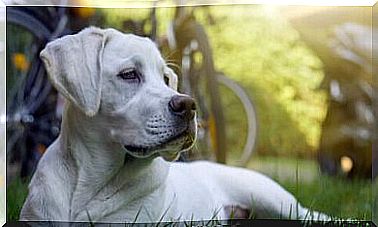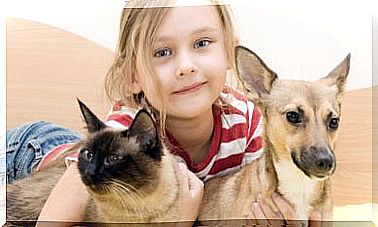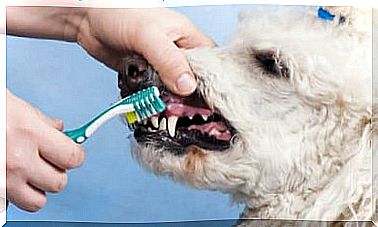How Many Types Of Domestic Rabbits Are There?

With pointed ears and a small nose, they are one of the cutest pets around. In this article, we’ll tell you how many types of domestic rabbits there are and which ones are preferred for adoption. Here we go?
Caring for domestic rabbits
Among the more than 50 species of rabbits that exist in the world, only a few can be pets. This means that they were domesticated by man and can get used to living in an apartment or house, as long as all the basic care is offered to them.
Take into account, for example, that the rabbits’ diet is based on vegetables, leaves, skins and some fruits. At pet supply stores, you can find pet-specific foods that provide all the nutrients they need.
Domestic rabbits often sleep in cages. However, they can also walk freely around the garden or the living room. And pay attention to them, as they can be quite naughty! As they have mostly nocturnal habits, they will be more active after sunset.
And, of course, don’t forget about the rabbit’s health and hygiene. For this, it is recommended to clean the animal’s cage every day, offer it fiber-rich foods to “clean” its teeth, and take it to the veterinarian to catch up on vaccinations. This will prevent deadly diseases such as myxomatosis and hemorrhagic disease.
Types of domestic rabbits
Among the different types of domestic rabbits, we highlight some that are more chosen as pets. Check out:
1. Holland lop
The Holland lop rabbit (picture that opens this article) was bred in 1950 in the Netherlands. The intention was to combine the qualities of the French lop and the Dutch dwarf. The main characteristic of this rabbit is the drooping ears. In addition, it has a compact body, is small and balances on its front legs like a cat.
The coat of this rabbit is quite dense and of medium length. Because of this, it needs frequent care (such as weekly brushing, for example). The fur can be one color, two colors or with white, gray, orange and beige “spots”.
2. Lion’s head
As the name implies, this rabbit has a kind of “mane”. In fact, it has longer, more voluminous hair in this area than the rest of its body. It arose from the crossing of two breeds: Belgian dwarf and Swiss fox, and is related to dwarf rabbits.

It can weigh up to two kilos, its ears are long – measuring three centimeters – and its legs are stronger and thicker than those of other types of domestic rabbits. As for the temperament, we could say that it is calm and affectionate. Because of this, it is ideal for those with small children. You need to be combed once in a while, do some physical activity and eat properly.
3. Rex
Large pointed ears, robustness, intelligence and “maternal” behavior could be the main characteristics of the rex rabbit. The soft fur, like that of a stuffed animal, is the product of a genetic mutation in the breed.

The rex originates in France, although it is currently more common in England. It is a rabbit with a large curly mustache: it can weigh up to 4 kg. The fur can have different colors, such as white, gray, mottled, orange, brown or black. The pattern of blemishes on the body is also variable.
4. Dutch Dwarf
Thanks to the name of this rabbit, it is easy to identify one of its main characteristics: it was bred in the Netherlands and is small. The coat can have different colors (gray, black, orange and brown) and the ears are short, proportional to the round body, like a ball.

The Dutch dwarf weighs about a kilogram and even if you don’t believe it… he eats a lot! It needs to be fed with fruits, vegetables, green leaves and special food. As for daily care, don’t forget to comb it and dry it outdoors so it gets a little sun.









